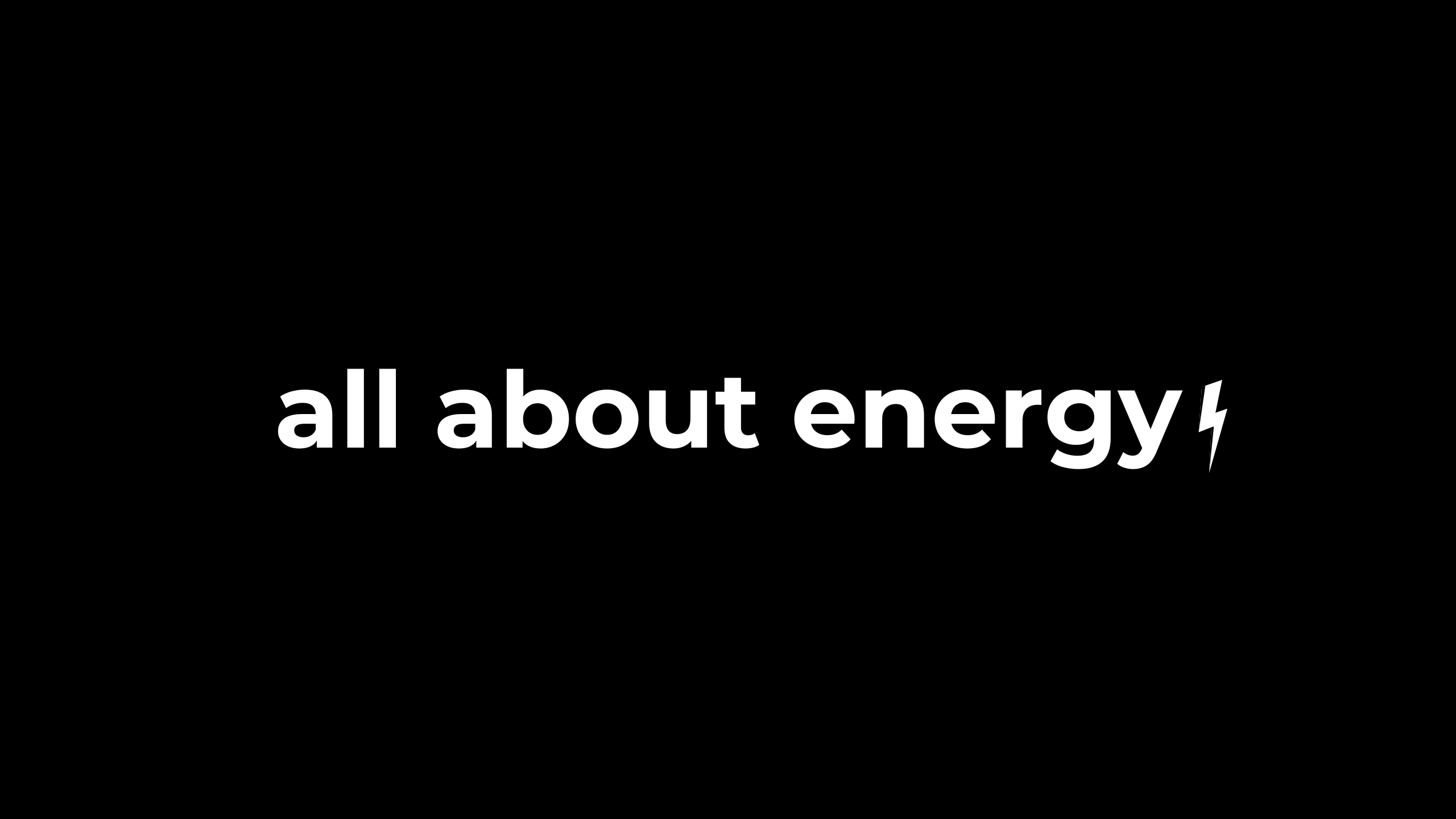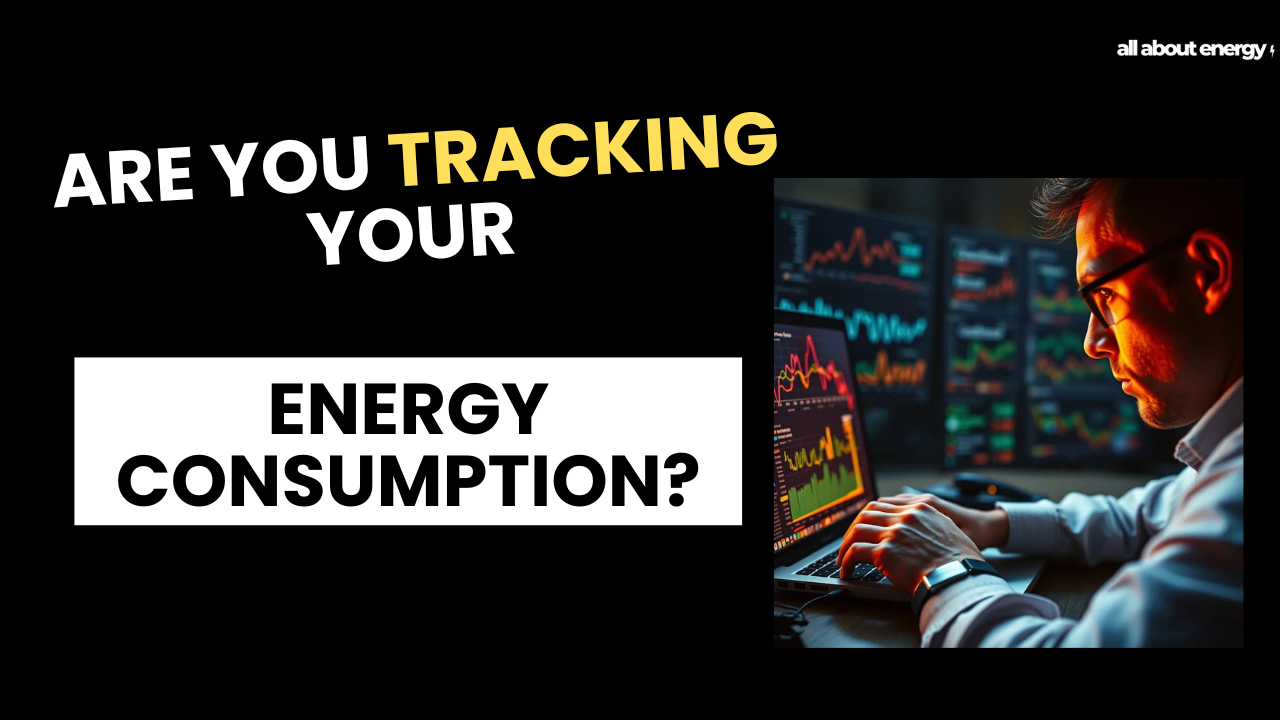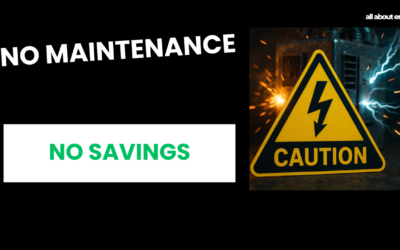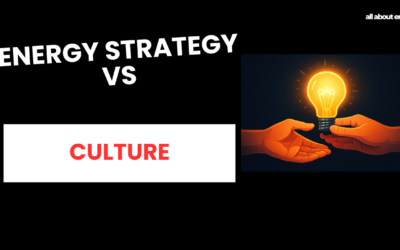How to Track Your Energy Usage Like a Pro
Written by Joe Wright
Want to track your energy usage like a pro?
Here’s what you need to know.
1. Data Collection: The Foundation of Pro Level Energy Tracking
The accuracy of your energy strategy depends on the quality and granularity of your data. You must move beyond basic monthly invoices and leverage more detailed sources, including:
- Half hourly (HH) or profile data. Obtained from utility providers, HH data offers a 48 point daily breakdown of electricity consumption, helping to pinpoint demand peaks and inefficiencies.
- Sub metering systems. Sub meters provide real time insights at the asset, department, or process level. Deploying them will allow you to distinguish between essential and wasteful energy usage.
- IoT sensors and smart meters. Automating data collection at multiple points across a facility provides real time monitoring, reducing the risk of data inaccuracies and manual entry errors.
- Production, operational, and environmental data – Energy should be analysed in context. Tracking degree days, production cycles, and equipment run hours ensures energy use is properly correlated with operational demand.
2. Data Storage & Management: Turning Raw Data into Actionable Insights
Once collected, energy data must be structured, stored, and analysed efficiently. Effective energy data management involves:
- Centralised energy management software (EMS) – Effective platforms should simplify data integration, visualisation, and reporting.
- Cloud-based storage solutions – Scalable and accessible storage ensures historical data retention, allowing for trend analysis and predictive forecasting.
- Automated anomaly detection – AI driven software can flag unusual consumption patterns, alerting you to potential system failures or inefficiencies before they escalate.
- Integration with financial and operational systems – Aligning energy data with financial accounting and maintenance logs ensures a holistic approach to cost reduction and efficiency.
3. Automating Data Collection: Enhancing Accuracy and Efficiency
Reducing manual data handling minimises errors and frees up resources for more strategic tasks. Best practices for automation include:
- API driven data ingestion – Automated data feeds from utility portals and BMS (Building Management Systems) ensure real time tracking without manual intervention.
- Automated reporting dashboards – Instead of static reports, interactive dashboards provide dynamic views of energy consumption, efficiency trends, and cost impacts.
4. Benchmarking & Targeting: Setting Data Driven Energy Goals
Comparing energy performance against relevant benchmarks ensures you remain competitive and identify efficiency opportunities. Key benchmarking methods include:
- Degree day analysis and normalisation – Adjusting consumption data for external temperature variations provides a clearer measure of true efficiency improvements.
- Energy intensity metrics – Evaluating kWh per unit of production, per square meter of facility space, or per employee helps establish meaningful efficiency KPIs. Measurements against a metric are a requirement for schemes like ESOS.
- Industry benchmarking – Comparing energy performance to sector specific best practices highlights areas for targeted interventions.
- Regression analysis for forecasting – Advanced statistical models can correlate energy use with production rates, seasonal variations, and operational changes to improve accuracy in forecasting and budgeting.
Pro Level Energy Management Starts Today
Mastering energy tracking requires a combination of accurate data collection, efficient storage, automation, benchmarking, and continuous optimisation. If you adopt a data driven approach, you can unlock significant cost savings, operational efficiencies, and sustainability benefits.
Want to know how you currently perform with tracking your energy usage? Try our free Energy Management Scorecard Quiz and get tailored recommendations where relevant.
Are you looking to improve your organisations energy management practices?
Take our Energy Management Scorecard quiz to assess your current strategies and identify areas for improvement. Click below for the free assessment
You May Also Like…
Compliance Simplified
If you’re part of any of the mandatory compliance scheme like SECR, ESOS, or the many others out there, then you...
Why maintenance matters for energy management
When you think about improving your energy management, where does your mind go first? Upgrades? New systems? Cutting...
Creating A Culture Of Energy Efficiency
If your business is subject to compliance schemes like ESOS or SECR, you’re not alone. A lot of the companies I work...
